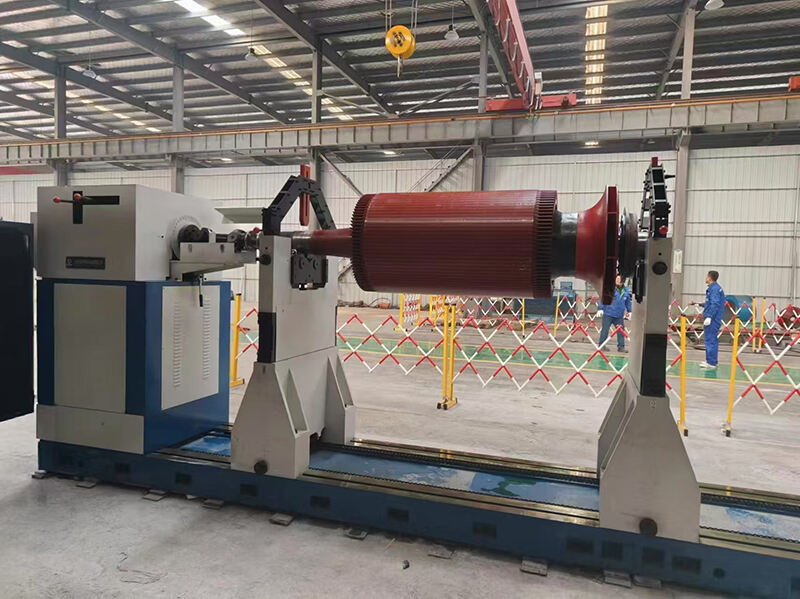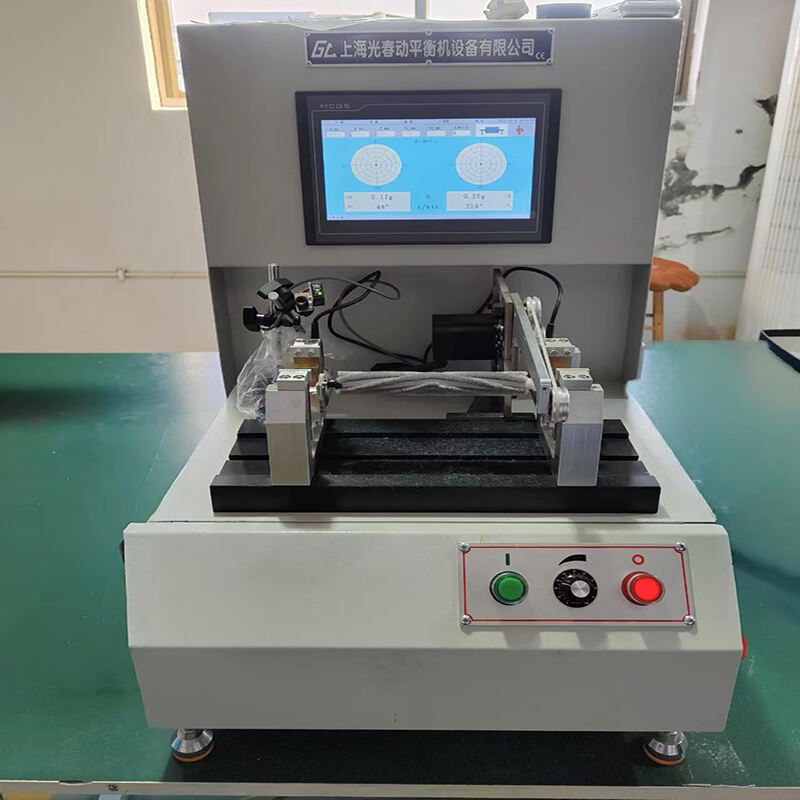Essential Guide to Modern Crankshaft Balancing Equipment
In the world of engine performance and reliability, crankshaft balancing stands as a critical process that can mean the difference between a smooth-running engine and catastrophic failure. Professional machine shops and engine builders recognize that selecting the right crankshaft balancing equipment is not just about making an investment—it's about ensuring precision, efficiency, and ultimately, engine longevity.
The evolution of crankshaft balancing technology has brought forth sophisticated equipment that combines traditional engineering principles with modern digital precision. Understanding these advances and choosing the appropriate machinery for your specific needs requires careful consideration of multiple factors, from accuracy requirements to production volume.
Core Components of Crankshaft Balancing Systems
Drive System and Motor Configuration
The heart of any crankshaft balancing machine lies in its drive system. Modern equipment typically features variable-speed motors with precise control mechanisms, allowing operators to test crankshafts at different RPMs. High-quality drive systems should provide smooth acceleration and deceleration, minimizing vibration interference during the balancing process.
Advanced systems now incorporate brushless DC motors with digital speed control, offering superior accuracy and reduced maintenance requirements. These motors typically operate in ranges from 300 to 3,000 RPM, providing the flexibility needed for different crankshaft sizes and specifications.
Measurement and Sensor Technology
Precision sensors form the backbone of modern crankshaft balancing equipment. State-of-the-art machines utilize piezoelectric force transducers that can detect microscopic imbalances with incredible accuracy. These sensors must be properly isolated from external vibrations to ensure accurate readings.
Digital processing units interpret the sensor data in real-time, providing immediate feedback on imbalance location and magnitude. The best equipment features self-calibrating sensors that maintain accuracy over time and temperature variations, reducing the need for frequent recalibration.

Advanced Features for Professional Applications
Software Integration and Data Management
Modern crankshaft balancing equipment comes equipped with sophisticated software systems that streamline the entire balancing process. These programs offer intuitive interfaces for operator control and comprehensive data logging capabilities. The software should provide detailed reports, historical tracking, and the ability to store multiple crankshaft profiles for quick setup changes.
Cloud connectivity features are becoming increasingly important, allowing shops to monitor equipment performance remotely and maintain detailed records of all balancing operations. This integration helps ensure consistency across multiple operators and facilitates quality control processes.
Automation and Efficiency Features
Time-saving automated features have become standard in high-end crankshaft balancing equipment. Auto-indexing capabilities can significantly reduce operator intervention, while automatic weight calculation systems help eliminate human error in determining correction weights.
Advanced machines often include automated measuring arms and laser marking systems for precise weight placement locations. These features not only improve accuracy but also increase throughput in high-volume operations.
Selecting Equipment Based on Operational Requirements
Production Volume Considerations
The volume of crankshafts requiring balancing should heavily influence equipment selection. High-volume operations benefit from machines with rapid cycle times and automated features, while lower-volume specialty shops might prioritize versatility over throughput speed.
Consider equipment that can handle your current workload while providing room for growth. Many shops find that investing in higher-capacity equipment initially saves money in the long run by avoiding the need for upgrades as business expands.
Accuracy and Precision Requirements
Different applications demand varying levels of balancing precision. Racing engines typically require ultra-precise balancing, while standard automotive applications may have more forgiving tolerances. Equipment selection should align with your typical customer requirements and industry standards.
Look for machines that offer multiple precision modes and the ability to achieve tolerances appropriate for your work. High-end equipment should be capable of achieving balance tolerances of 0.1 gram-inches or better when required.
Maintenance and Support Considerations
Calibration and Regular Service
Regular maintenance is crucial for maintaining accuracy in crankshaft balancing equipment. Consider manufacturers that provide comprehensive service plans and readily available technical support. The best equipment includes built-in diagnostic systems that can alert operators to potential issues before they affect performance.
Training programs and documentation should be readily available to ensure proper equipment operation and maintenance. Look for manufacturers that offer ongoing support and updates for both hardware and software components.
Long-term Reliability and Warranty Coverage
Investment in crankshaft balancing equipment represents a significant commitment, making reliability and warranty coverage critical factors. Evaluate the track record of different manufacturers and seek references from other users in similar applications.
Consider the total cost of ownership, including maintenance requirements, spare parts availability, and manufacturer support. A comprehensive warranty package can provide peace of mind and protect your investment over time.
Frequently Asked Questions
How often should crankshaft balancing equipment be calibrated?
Professional crankshaft balancing equipment should undergo calibration checks at least quarterly, with full calibration performed annually or as recommended by the manufacturer. Regular use in high-precision applications may require more frequent calibration intervals.
What are the power requirements for modern balancing equipment?
Most professional crankshaft balancing machines require 220V three-phase power, though some smaller units may operate on single-phase power. Always verify power requirements and ensure your facility can accommodate the equipment before purchase.
How important is computer integration in modern balancing equipment?
Computer integration has become essential in modern crankshaft balancing equipment, offering benefits such as automated data logging, precise measurements, and detailed reporting capabilities. While basic mechanical balancers still exist, digital systems provide superior accuracy and efficiency for professional applications.




